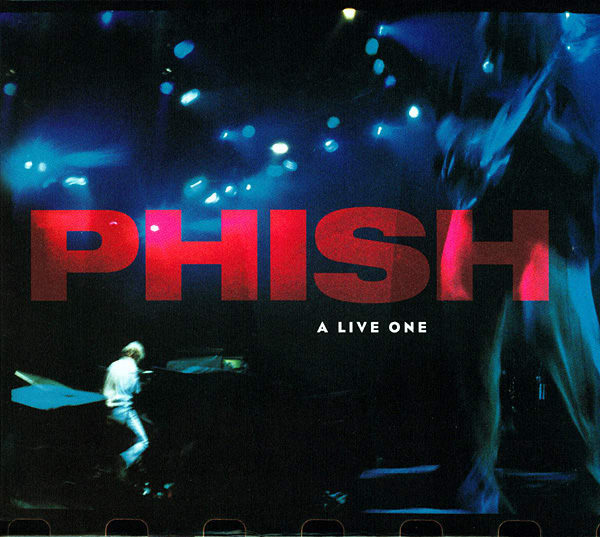33 1/3 Titles To Profile Albums By Grateful Dead, Phish & Metallica
By Scott Bernstein May 24, 2014 • 9:50 am PDT


Today, Bloomsbury announced the A Live One volume, which was written by Walter Holland and is due in September 2015. A Live One features 12 tracks recorded during Phish’s Summer and Fall 1994 Tours and was released on June 27, 1995 via Elektra Records.
Here’s the description shared by Bloomsbury today:
Their first four albums were lampooned by critics and ignored by everyone else. They looked and sounded like utter dorks; lyrics about electric hangmen and ‘multibeasts’(?!) didn’t help. They weren’t grunge or pop or anything else remotely contemporary, or even recognizable. In 1995, as far as the media were concerned, Phish were a bizarre footnote to the rise of patchouli-scented popstuff like Dave Matthews and Blues Traveler (or worse, a Grateful Dead knockoff). 1994’s bright shiny Hoist LP hadn’t helped: their bid for mainstream cred — complete with characteristically silly video — flew straight to America’s remainder bins.
Meanwhile, without a hit single to their name, Phish were well on their way to becoming the biggest concert draw in America, selling out ever-larger venues 200 nights a year with their ecstatically inventive live shows: a mix of weirdo acid-psych, haunted ambient moonscapes, twisted vaudevillian Americana, and riotous postpunk energy, all filtered through bandleader Trey Anastasio’s screwball compositional sensibility and the group’s astonishing, unique form of collective improvisation. Phish bottled that lightning on A LIVE ONE, their 1995 double live album. It’s challenging, experimental music that still doesn’t sound like anything else in rock — a strange, beautiful thing, full of the kind of music otherwise sensible adults would drop everything and cross the country to hear night after night.
It’s not really a great album.
This book is this first in-depth study of Phish’s music.
It’s also kind of a love letter.
Buzz Poole authored the 33 1/3 book on the Grateful Dead’s 1970 LP Workingman’s Dead, which marked a huge departure from the more psychedelic edge found on the band’s earlier releases. Poole’s book is due in September 2015 as well. Here’s the rundown from Bloomsbury:
Released in 1970, the Grateful Dead’s Workingman’s Dead is a cold-water-shock departure from the Acid Test feedback madness of the late ‘60s material, exemplified by songs like “St. Stephen” and “Dark Star.” Rather than relying on chemically-fuelled guitar licks and spacey improvisational explorations, this album is the first listen to what would become an extensive songbook informed and inspired by dusty, rough and tumble American history and world mythologies, charting the long, winding path to self-discovery and individual empowerment.
The eight songs that comprise Workingman’s Dead will serve as points of entry from which will form a fully-rendered portrait of an exceptional musical recording, both in terms of the songs but also, and perhaps more importantly, how these songs speak to late twentieth-century America, and the attendant cultural and political anxieties that resulted from the idealism of the ‘60s giving way to the uncomfortable realities of the ‘70s, making a case for the relevance of this music nearly forty-five years after it was recorded. Based on research, interviews, and personal experience, the book will probe the paradox at the heart of the band’s appeal: the Grateful Dead was about much more than music, though it was really just about the music.
Volumes on Koju Kondo’s Super Mario Bros., penned by Andrew Schartmann and due in May 2015, Beat Happening’s self-titled release, penned by Bryan C. Parker and due in September 2015 and Metallica’s self-titled 1995 album commonly referred to as The Black Album, penned by David Masciotra and due in September 2015, are also on the way. Bloomsbury will soon announce nine additional 33 1/3 installments due in the coming years via 333sound.com.
